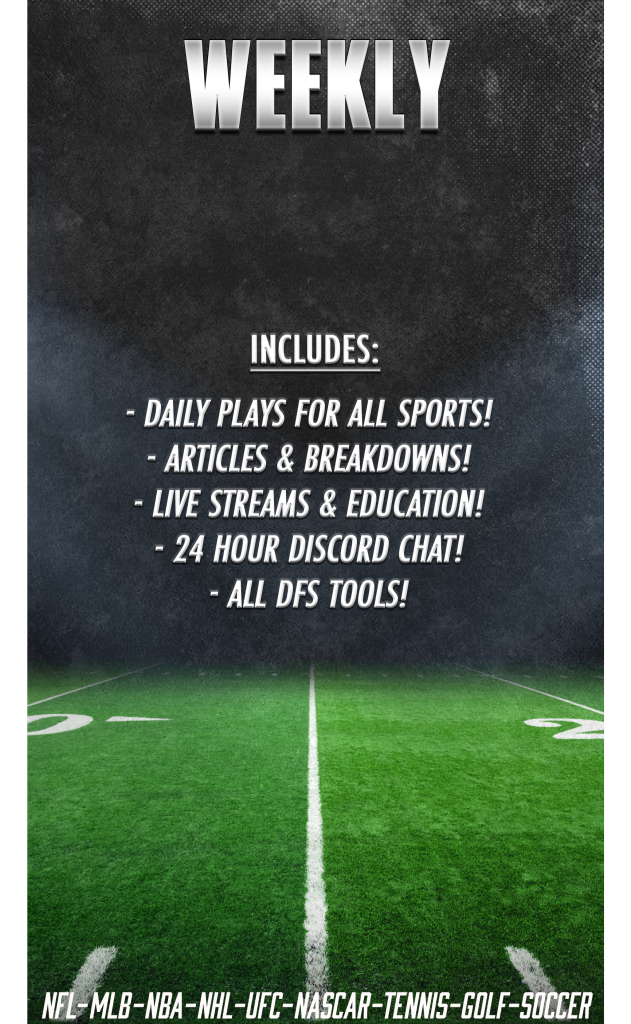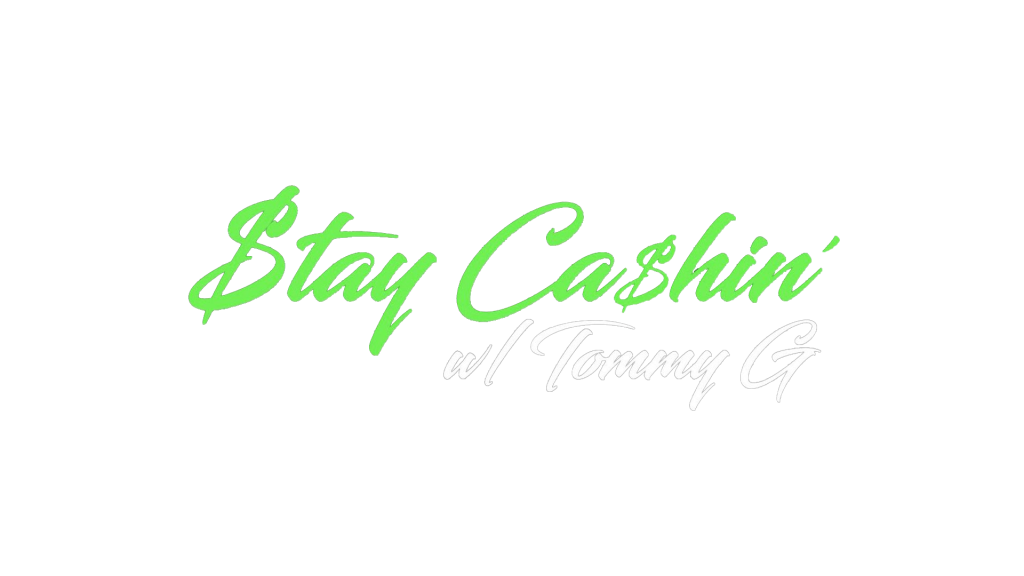Turnovers
Fumble
When a ball carrier loses possession of the ball (pass and kick exempt)
Interception
Play Clock
Each team will have 40 seconds to snap the ball immediately after the previous play has ended.
In certain situations there will be a 25 second play clock:
- Timeout
- Change of Possession
- Quater ends
- Two-minute Warning
- After a Penalty
- Point after Touchdown attempt
- Punt
Teams can be penalized 10 seconds called a “10-second runoff” during certain situations of a game. A team will have an option to take a timeout instead of losing those 10 seconds. If there are less than 10 seconds left in the game and a team does not have a time out, the game will end.
- QB commits intentional grounding
- Illegal forward pass
- Backwards lateral out of bounds
- Throwing the ball after the play ends (Touchdowns exempt)
- Intentional fouls
- Offensive penalty such as false start.
Kickoff
A kickoff will commence play to start every game and every 2nd half. A kickoff will also take place after every score with the exemption of a Safety. Following a being tackled for a Safety, teams will Punt the ball to the opposing team rather than a traditional kickoff.
Alignment
The kicker for the kicking team will kick the ball from his own 35-yard line. The remaining 10 members of the kicking team must be in position 1-yard behind where the ball is placed. These players can not advance until the ball is kicked. At least five players must be on each side of the kicker. The receiving team must be at least 10 yards advanced on the receiving team’s side.
The receiving team can advance the ball at any point once they touch it. Once the ball travels at least 10-yards, it is a live ball that the kicking team can now recover. If the ball fails to advance 10-yards and the kicking team touches the ball, it is a dead ball foul and the receiving team will take position where the ball was touched. If the ball advances into the receiving team’s endzone, it is ruled a touchback. A touchback on a kickoff will bring the ball to the receiving team’s 25-yard line. If the ball travels out of bounds before it reaches the end zone, it is a penalty on the kicker. This penalty will automatically put the ball on the 40-yard line giving the receiving team great field position.
Scoring Plays
- Touchdown (6 points)
- Field Goal (3 points)
- Safety (2 points)
- Point after Touchdown attempt (1 points for Field goal or Safety, 2 points for Touchdown)
Touchdown
A touchdown is when the ball breaks the plane (white line) of the end zone while in possession of the ball carrier. The ball must either cross the beginning of the line or touch the orange pylon if the runner is extending the ball to reach over the line.
Point After Touchdown
After a team scores a Touchdown, they are granted a chance to score either 1 point or 2 points on the after the score try. They can try for 1 point by kicking a Field goal. They can try for 2 points by running an actual offensive play from the 2.5 yard line. If they score into the endzone, they are granted 2 points. The defensive team can score by a turnover or a safety. If they tackle the offensive player in their own endzone, they are awarded 1 point. If they turn the ball over and return it for a score, they are awarded 2 points.
Field Goal
A team may kick a Field Goal on any down. The team will have a holder who sets roughly seven yards behind the line of scrimmage. Once the ball is snapped, the kicker will attempt to kick the ball through the goalposts. If the ball touches the ground or lands outside of the goal posts, the kick is no good. If the kick touches a player and goes through the uprights, the kick is considered good. A Field Goal may be returned by the defensive team if the kick is blocked or falls short.
Safety
A Safety is when the offensive ball carrier is tackled in their own endzone. The defensive team is awarded 2 points and sequentially awarded the ball via a Punt from Kickoff formation.
Passes
Forward Pass
A Forward Pass is performed when an offensive player throws the ball forward. A team is allowed one forward pass per play. The ball must remain behind the line of scrimmage before moving forward out of the player’s hand. If the ball crosses the line of scrimmage, it is ruled an Illegal Forward Pass.
Backwards Pass
An offensive ball carrier may throw the ball backwards at any point. Once the ball is thrown backwards, it is a live ball and considered a fumble if the teammate does not obtain possession of the ball. If the ball goes out of bounds, the play is ruled dead and the ball will be spotted where it left the field of play.
Fumbling in the Endzone
If a ball carrier fumbles the ball into the opponent’s end zone, the defensive team will be rewarded possession via a touchback. The ball will be placed at the 20 yard line and there will be a change of possession.
If a ball carrier fumbles the ball into their own end zone, the result will be a Safety.
Ineligible Receiver
All players are ineligible to receive a pass except for those who are either not on the end of their line or at least one yard behind the line of scrimmage when the ball is snapped. Typically we refer to offensive lineman as the ones who are unable to catch a pass.
Players wearing numbers 50-79 must report to the referees if they are going to be eligible on a specific play and the referee will announce it over the loudspeaker.
Any receiver who is out of bounds prior to a pass being released is now ineligible, even if they re establish themselves.
Down by Contact
The ball is dead as soon as any part of the ball carrier, while in possession of the ball, is contacted by an opponent and any part of their body other than their hands touch the ground.
Plays are ruled dead when the referee deems a ball carrier’s forward progress is stopped, thus ending the play.
When a player declares themselves down
- QB Kneel
- Falling to the ground/Kneeling with no intention to progress
- Sliding feet first (usually QBs)
When a runner runs out of bounds.
Completing a Catch
A pass is complete when a player secures control of the ball with their hands/arms before the ball touches the ground. The player must also have both feet in bounces or any other part of their body other than their hands. The catch must also be “fulfilled” which leads to a lot of gray area in this process. The receiver must maintain control all the way to the ground. They are supposed to be able to have a completed reception if they are able to tuck the ball away, extend the ball forward, turn upfield and take steps, or an act to avoid a tackler. A lot of this is up to the judgment of the referee.
Fair Catch
Fair Catches occur mostly on punts but can also occur on a kickoff. A player needs to properly make a hand signal that he is giving up his ability to advance the ball once he receives the kick. To properly signal he is making a fair catch, he must fully extend one arm in the air above his helmet and wave it side to side. The fair catch is invalid if he does not follow that process. Once a proper fair catch is signaled, the kicking team may not touch the player who is receiving the kick. Doing so will result in a 15 yard penalty.
If a player fairs to complete the catch of the ball from the kick, this is considered a “muff” and the ball is live as it becomes a fumble. The kicking team may pick the ball up to advance it forward after the turnover. The receiving team may pick the ball up to maintain possession but may not advance it further as the play is called dead.
Penalties
Ineligible Receiver Downfield (5 yards)
When an ineligible receiver is further than one yard downfield before the ball is thrown by the QB or handed off to a RB.
Illegal use of Helmet (15 yards – Player may be ejected)
When a player lowers their head to make contact with his head against an opponent.
Roughing the Passer (15 yards)
When the QB is hit after the ball has left the passers hands. This is up to the referee’s discretion if the hit was late or not. The penalty is supposed to be called if the defender has time to ease up and not hit the QB with their full force. They are not supposed to be called if they show restraint or are being blocked into the QB.
A defensive player is called on this penalty if they “stuff” the QB into the ground. This is considered as unnecessary force being used to thrust the QB into the ground or using their full body weight with force to land on top of them.
The pass rusher may not hit the QB in the head/helmet with anything, most typically their arm/hands or their own helmet.
A pass rusher may not forcibly dive at the QB’s knees.
NOTE: The QB will lose protection of the one step late rule if they scramble outside of the pocket.
Non Contact (15 yards – Player may be ejected)
Throwing a punch or kicking an opposing player even if no contact is made. Using foul and threatening language towards an opponent or referee. Baiting or taunting an opponent with either actions or language.
Facemask (15 yards)
Any player, offensive or defensive, cannot grab or twist the facemask of an opposing player. Majority of these penalties happen when a defensive player is trying to tackle an offensive player.
Clipping (15 yards)
This is performed when a blocker is blocking an opponent and makes contact from behind and below the waste. It is not clipping if the opponent turns his back to the blocker at the last second.
Illegal Formation (5 yards)
A team must have seven or more players on the line of scrimmage. Eligible receivers must be on both ends of the line of scrimmage with nothing but ineligible receivers in between them. If a player is to be eligible in between the two bookends, they must be off of the line of scrimmage. No one may be lined up out of bounds. The max a team may have seven or more players on either side of the football on the line of scrimmage.
Illegal Motion (5 yards)
Players in the backfield may go in motion side to side or backwards but never move towards the line of scrimmage while in motion when the ball is snapped. A player who is considered an eligible receiver (end of the line of scrimmage) and they go in motion, they must reset to the line of scrimmage for at least one full second before the ball is snapped.
Illegal Shift (5 yards)
Two players may not be in motion at the same time. If one player goes in motion, they need to “set” before the second player may go in motion.
Illegal Contact (5 yards – Automatic First Down)
A defender may only initiate contact within the first five yards of the line of scrimmage. They can then carry this legal contact outside of that five yard zone as long as they have not broken contact. If they break contact then they are subject to holding or defensive pass interference. They cannot make contact after five yards. Incidental contact is possible after this five yard zone. This is when both players just happen to trip over each other with no malicious intent. This is to the referee’s discretion.
Pass Interference (Variable)
Defensive Pass Interference occurs when a defensive player hinders the receivers ability to catch the ball. This can only happen between the time the ball leaves the passer’s hands to the time the receiver can catch the ball. This can not happen if the pass is uncatchable.
Offensive Pass Interference occurs when an offensive player hinders the defensive players pass to either guarding a receiver or hindering their path to the ball. This can happen at any point from the time the ball is snapped until the pass is touched.
Defensive Holding (5 yards – Automatic First Down)
Holding occurs before the passer throws the ball. The defensive player may not tackle or hold any one other than a runner. This usually occurs when a defensive back is holding a receiver but can also occur in the trenches when a defensive player may grab and hold an offensive blocker to give his teammate a clearer path to the ball carrier.
Offensive Holding (10 yards)
This penalty is called when an offensive player grabs or tackles an opponent, using their hands or arms to hook, jerk, or twist the defender to alter the defender’s path to the ball. They cannot hold and pull the defender. This penalty has a lot of gray area given that offensive lineman hold almost every play with their hands on the inside of the chest pads of the defenders. This will mainly be called if the defender separates and the offensive player does not let go. Also, if the offensive player is on the outside of the shoulder pads and there is a clear tugging of the jersey. Players are also not allowed to pull/tackle the opponent to the ground.
Horse Collar (15 yards – Automatic First Down)
A player may not tackle an opponent by the horse collar of their jersey, pulling them backwards to the ground. This rule was implemented when the NFL had multiple players have their legs broken due to the gruesome angle of this type of tackle.
Chop Block (15 yards)
This occurs when a blocker engages and blocks an opponent while they are engaged with another player. For example, an offensive lineman may not block a defender below the waist while the defensive player is engaged with another offensive lineman.
Low Block (15 yards)
A player may not block below the waist on kickoffs or on turnovers.
Illegal Use of Hands (15 yards – Possible ejection)
A player cannot thrust their hands forward into the opponent’s head, neck or face area.
Neutral Zone Infraction (5 yards)
Once the lines are set on the ball and the center is holding the ball, the line of scrimmage is called the neutral zone. If a defender breaks the plane and crosses that barrier, coming close to or in complete contact with an offensive lineman, they will be whistled for a neutral zone infraction.
Offside (5 yards)
This occurs when a player is on the wrong side of the line of scrimmage when the ball is snapped. The main difference between neutral zone infractions and offside are that the ball does not have to be snapped for a neutral zone infraction to occur.
Illegal Block Above the Waist (15 yards)
This is commonly referred to as a Block in the Back. This happens when a player engages and blocks an opponent in the back, impeding his movement. It is not a block in the back if the opponent turns at the last moment to be blocked in the back or if they are recovering a fumble.
Defenseless Player (15 yards – Possible Ejection)
This penalty offers gray area and referee judgment. This is due to the penalty being called if a player makes contact on an opponent who is in a “defenseless posture” making some of these penalties called frequently in certain defenseless positions and others rarely called. A penalty can be called:
- when a player is passing the ball and is hit during that moment of defensiveness.
- A receiver is blind sided while trying to catch a ball and has not had enough time to turn their head and establish themselves to brace for the hit.
- A baller carrier who’s progress has been stopped, allowing another opponent to crush them.
- A player who is attempting to field a kick in the air from a kickoff or punt.
- A player on the ground.
- During a kickoff or punt return, blind siding the kicker
- Blind siding an opponent when the blocker is going toward or parallel to his own side of the field.
- Crackback blocks.
- The center on Field Goal attempt.
Illegal Peel Back Block (15 yards)
This occurs when an offensive player blocks a defensive player below the waist on the side of their body when they are moving towards their own end line and are approached from behind or the side. Picture a blocking running away from the play purposefully trying to hit a defender on the side or in the back to blow them up when they aren’t a part of the play anymore.
Roughing (15 yards, First Down, Possible Ejection) / Running Into the Kicker (5 yards)
The receiving team is not allowed to run into the kicker on Field Goals or Punts as they are defenseless players. These calls may be nullified if the defender is blocked into the kicker or the kicker initiates and “flops” for the contact.The difference between Roughing the Kicker and Running Into the Kicker is how severe the contact is from the defensive player. If they tackle and hit the kicker hard, it will be Roughing. If their momentum runs into the kicker with no malicious intent, it will be Running into the Kicker. Majority of the time we will see Roughing the Kicker to discourage defenders from even attempting to get close to the kicker.
Intentional Grounding (10 yards & loss of down)
This occurs when the QB is facing pressure and throws a pass, while in the pocket, without a realistic chance of a completion. The pass cannot be thrown into the ground or thrown out of bounds, while in the pocket facing pressure, and needs to be in the direction and close to an eligible receiver. The “pocket” is defined as in between the tackles of the backfield where the QB snaps the ball. Once the QB scrambles, they are able to throw the ball away. The QB will not be called for intentional grounding if there is physical contact or they are spiking, immediately after receiving the snap, to stop the clock.




